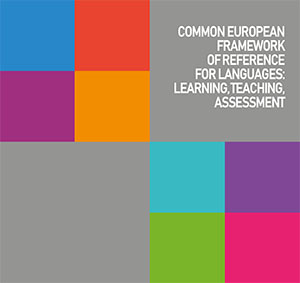Tests and Examinations
One of the aims of the CEFR is to provide a starting point for the development and description of language examinations, in order to promote transparency and coherence through similar specifications and the reporting of profiles across aspects of language proficiency expressed in terms of the common reference levels defined by the CEFR descriptors.
Since the CEFR was first published in 2001, many language examinations have been revised or developed as a result and a great deal of experience has been gained in the process and shared through associations such as Alte (Association of Language Testers in Europe) and Ealta (European Association for Language Testing and Assessment).
Documents
The CEFR Companion Volume with New Descriptors: Uses and implications for language testing and assessment (2018: Ed. David Little)
Aligning Language Education with the CEFR: A Handbook (British Council, UKALTA, EALTA, ALTE)
Tests for a national language – TEG project – ALTE Q mark – Info sheet (2019: Anne Gallagher& Anna Ní Ghallachair)
Standardized secondary school-leaving exam (Matura) – Info sheet (2019 : Eva Dousset-Ortner et al.)
Bi-level school-leaving examination – Info sheet (2019: Kristel Kriisa)
Websites
European Association for Language Testing and Assessment (EALTA)
The CEFR online :
CEFR - Companion volume (2020)
French version (Version française)
Arabic version (النسخة العربية)
Basque version (Euskarazko bertsioa)
Italian version (Versione italiana)
Spanish version (Versión en español)
Turkish version (Türkçe versiyonu)



